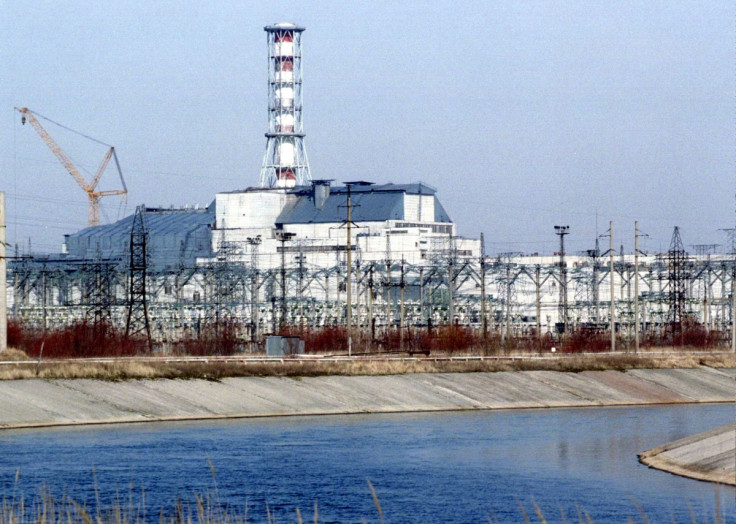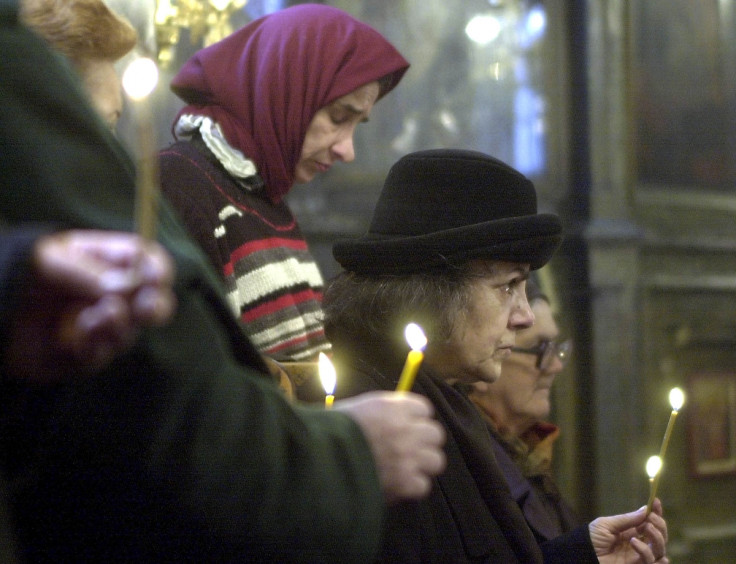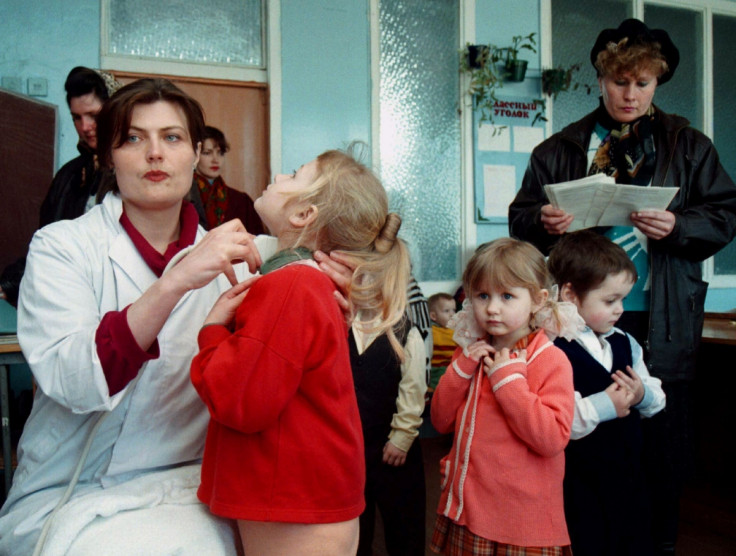Chernobyl 28th Anniversary: World's Biggest Nuclear Disaster

The 28<sup>th anniversary of the Chernobyl nuclear disaster in Ukraine will be marked on 26 April as the country goes through yet another convulsion - though this time not a nuclear one.
A $2.1bn (£1.2bn) project aimed at building a contamination shield around the site of the worst nuclear disaster in history, which is just 130km (80 miles) from Kiev, could be delayed another two years because of the increasing tensions between Ukraine and Russia, Fox News has reported.
Originally, the plan was to construct a contamination shield, which would last 100 years, around Chernobyl by 2015. This is now expected to be delayed until 2017, putting locals at further risk of radiation poisoning.
To mark the 28<sup>th and possibly most turbulent anniversary of the nuclear accident, IBTimes UK looks at the facts behind the disaster and its repercussions.
How did it happen?

The accident happened at Unit 4 of the nuclear power station on 26 April, 1986. The operating crew was planning to test if the turbines could produce enough energy to keep the coolant pumps running if power were lost until the emergency generator could be activated.
To prevent any interruptions, the safety systems were shut off. The reactor was then powered down to 25% of its capacity, but the procedure went wrong and power fell to below 1%. The power had to be slowly ramped up but just 30 seconds into the test there was a power surge and the emergency shutdown failed.
The reactor's fuel elements broke, leading to a huge explosion and blowing off the reactor cap. The fuel rods melted and the graphite covering the reactor ignited. It burned for nine days, leaking massive amounts of radiation into the environment – more than was expelled during the nuclear bomb on Hiroshima in 1945.
How many people died in the initial accident?
The disaster killed 31 people almost immediately – almost all of them reactor staff and emergency workers. Between 30 and 50 emergency workers died shortly afterwards from acute radiation.
When were people evacuated?

One of the major problems was the huge amount of leaked radiation. However, Soviet authorities only started evacuations 36 hours later. It was a month before all 116,000 people living in the danger zone were relocated.
In nearby Pripyat, people were not evacuated immediately and were oblivious to what had happened. Yet within hours of the explosion many began falling ill, reporting headaches, coughing fits, vomiting and a metallic taste in their mouths.
Who else was affected?
As well as Chernobyl and nearby areas, several other parts of Ukraine, Belarus and Russia were contaminated. While about 350,000 people living in these areas moved away, over five million remained.
After the accident, traces of radioactive deposits from the disaster were found in almost every country in the northern hemisphere, including the UK.
What were the health impacts?

Exactly how many people suffered from radiation poisoning, and to what extent, is not known. A 2005 report by WHO said that up to 4,000 people were expected to die from radiation exposure. Exact figures of those who became sick or died are difficult to ascertain because of Soviet secrecy at the time of the disaster.
WHO estimated there have been approximately 4,000 cases of thyroid cancer – mostly in children – caused by the contamination. Nine children have died.
Even children born after 1986 have been affected. A 200% increase in birth defects and a 250% increase in birth deformities have been reported.
Chernobyl now
Chernobyl radiation levels are beginning to return to normal almost three decades later. Research has suggested that plant life in the region continues to be affected, with one recent study showing contamination still posed a "catastrophic threat".
Adi Roche, the head of the charity Chernobyl Children International, told the Irish Independent that the site was a "ticking timebomb" and a prime target for terrorists in the Ukraine crisis.
"There's more than one potential target at the site," she said.
"In the heat of the moment, anything is possible."
© Copyright IBTimes 2025. All rights reserved.




















